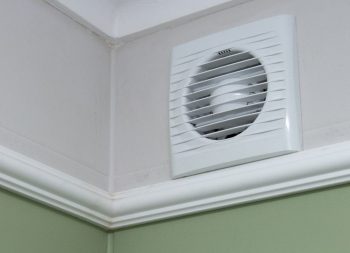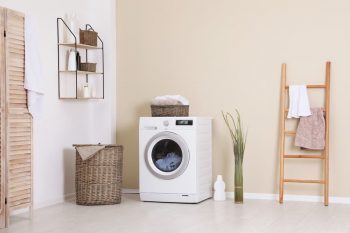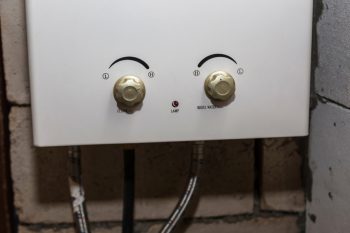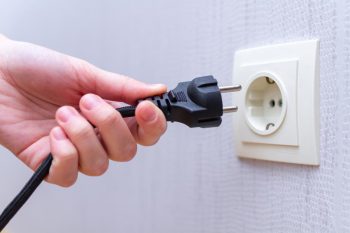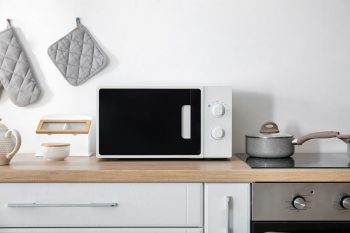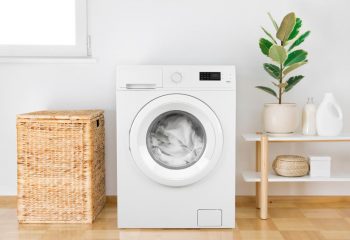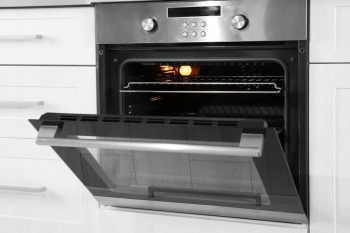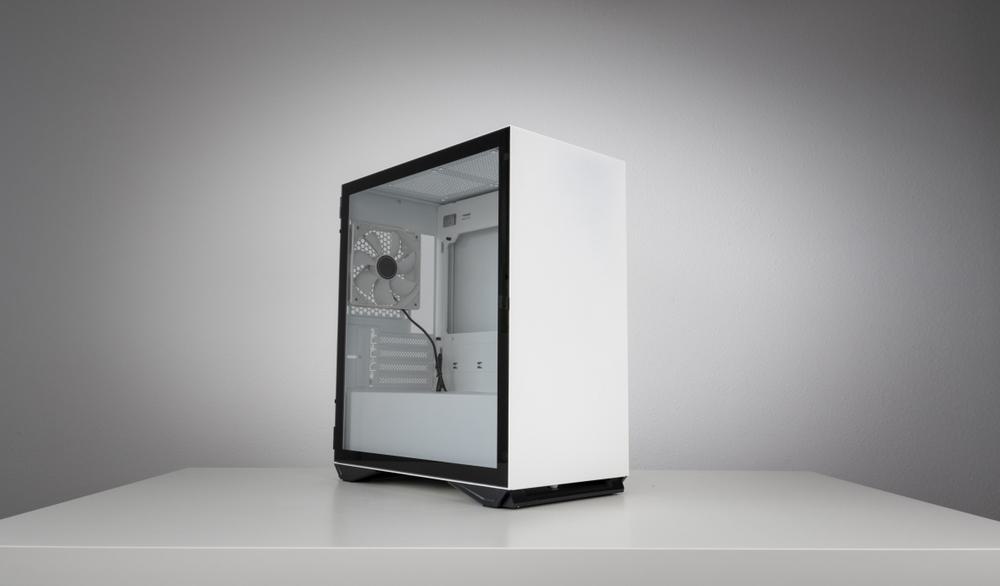
In today’s world, electricity is a vital part of our lives. However, what happens when you don’t have access to it? How do you keep your food and drinks cool? The answer is a mini fridge without electricity. This guide will explain how to make one, the science behind it, its benefits, and its limitations.
To make a mini fridge without electricity, you can use the principle of evaporative cooling with a pot-in-pot refrigerator or zeer pot. You’ll need two unglazed ceramic pots, sand, and water. Place the smaller pot inside the larger one, fill the gap with sand, and saturate the sand with water. The water evaporation will cool the interior of the smaller pot. Cover it with a wet cloth or lid and place it in a cool, shaded area.
What is a Mini Fridge without Electricity?
A mini fridge without electricity, also known as a passive cooling system, is a device that keeps food and drinks cool without the use of power. It’s a great alternative for camping, outdoor activities, or off-grid living.
How to Make a Mini Fridge without Electricity?
One popular method of creating a mini fridge without electricity is by using the concept of evaporative cooling. A pot-in-pot refrigerator, or zeer pot, is an ancient refrigeration technique that utilizes this principle. Here’s a step-by-step guide on how to make one:
- Gather two unglazed ceramic pots, one smaller than the other, sand, and water.
- Prepare the pots: Ensure the pots are clean and dry. The smaller pot should fit inside the larger pot, leaving a gap for the sand.
- Fill the gap with sand: Place the smaller pot inside the larger pot and fill the gap with sand. Ensure the sand is evenly distributed.
- Add water: Pour water into the sand-filled gap until the sand is saturated. The water will be absorbed and will evaporate, causing the temperature inside the smaller pot to drop.
- Fill the smaller pot with items to be cooled.
- Cover the pots: Place a wet cloth or lid over the top of the smaller pot. This will help maintain the cool temperature inside the pot and prevent the water in the sand from evaporating.
- Place the zeer pot in a cool, shaded area to maximize its cooling efficiency.
The Science Behind the Mini Fridge
The zeer pot works based on the principle of evaporative cooling. As the water in the sand evaporates, it absorbs heat from the inner pot, thereby cooling its contents. It’s a simple yet effective method used in rural Africa and the Middle East to keep produce fresh.
Benefits of a Mini Fridge without Electricity
While a mini fridge without electricity may not have the same cooling capacity as its electric counterparts, it offers several benefits:
- Energy savings: It doesn’t require electricity, helping you save on energy bills and reduce your carbon footprint.
- Portability: These fridges are lightweight and easy to transport, making them ideal for outdoor activities or off-grid living.
- Reduced food waste: By keeping food cool without electricity, these fridges can prevent spoilage and reduce food waste.
Limitations of a Mini Fridge without Electricity
While beneficial, a mini fridge without electricity does have its limitations:
- Cooling capacity: The cooling effect may not be as effective or consistent as an electric refrigerator.
- Limited storage time: The cooling capacity will diminish over time, limiting the amount of time perishable food can be stored safely.
- Size: These fridges may have limited storage capacity compared to electric mini fridges.
Maintaining a Mini Fridge without Electricity
Maintaining a mini fridge without electricity involves regular cleaning and ensuring the sand remains moist. Wrapping the fridge in insulating materials, using ice packs, or burying the fridge in a shallow hole can help maintain a cooler temperature.
In conclusion, while a mini fridge without electricity may not replace a traditional refrigerator, it provides a viable solution for cooling food and drinks when electricity is not available. Whether you’re camping, living off-grid, or just want to save on energy, a mini fridge without electricity is a cool solution.
Frequently Asked Questions
How often do I need to add water to the sand in the zeer pot?
The frequency of adding water depends on your environment’s humidity and temperature. In dry and hot conditions, you may need to add water several times a day. In cooler or more humid conditions, you might only need to add water once a day.
Can I use a mini fridge without electricity in any climate?
A mini fridge without electricity, like a zeer pot, is most effective in dry, hot climates. In humid climates, the water in the sand doesn’t evaporate as quickly, which reduces the cooling effect.
What kind of food can I store in a mini fridge without electricity?
You can store fruits, vegetables, and other perishables that don’t require strict temperature control. It’s not recommended for storing meat, dairy, or other foods that require a consistently low temperature.
Can I use any type of sand for the zeer pot?
Yes, you can use any type of sand. However, finer sand tends to hold water better and may provide a more consistent cooling effect.
Can I use a mini fridge without electricity indoors?
Yes, you can use it indoors. However, it’s most effective when placed in a well-ventilated area to allow for proper evaporation. Also, remember to place it on a tray or something similar to catch any excess water.

